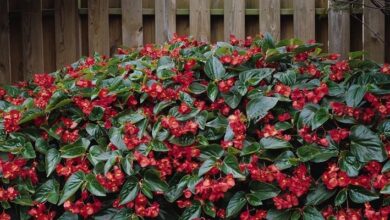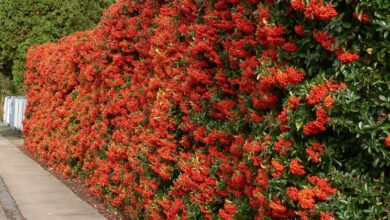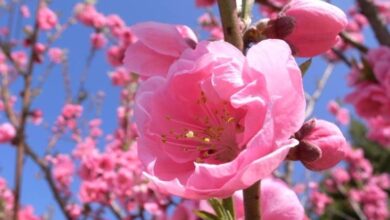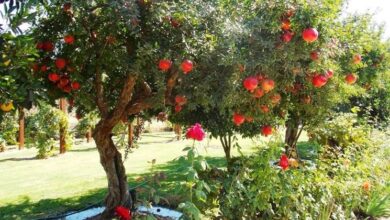Potus meaning
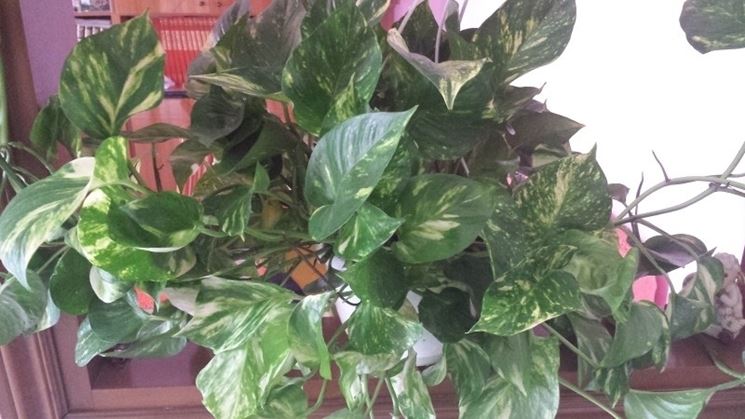
A plant for all occasions: the potus

potus house» width=»745″ height=»419″ longdesc=»/fiori/significato-fiori/potus-significato.asp»>
The potus: a plant that gives a good mood
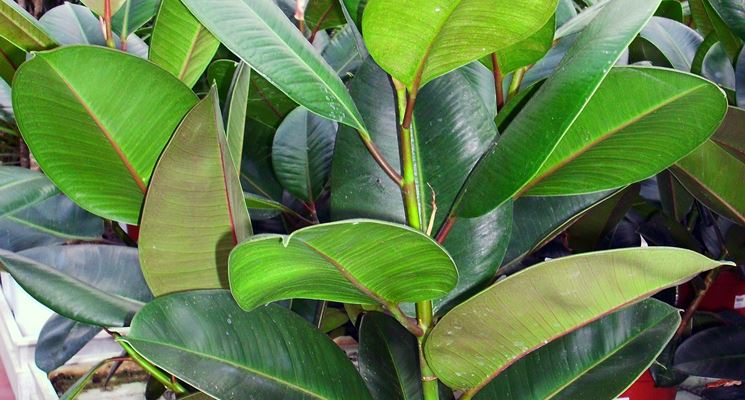
It is well known that flowers give well-being to the spirit. And so are the plants including the potus, a climbing evergreen. The potus helps to brighten up the rooms without requiring too much care. A houseplant in all respects and one of the most common in homes and offices. At sight the potus shows large leaves, green slightly streaked with yellow and if in good health they have a very shiny appearance. Many times the potus vases are placed on the upper floors of the libraries and the branches are made to descend downwards. In addition, this climber, as an ornament, adapts to many environments, in fact, the potus can also be placed in a vase with a musky stake and will climb several times on it creating particular effects. And then it is one of the longest-lived plants, if kept well,
We all know the potus (scientific name Scindapsus) and we probably have one in the house, but in reality this name seems unknown to us. The potus is the evergreen, climbing plant, similar in appearance to ivy. Its origin is tropical, it comes from Thailand and the Solomon Islands where it grows as undergrowth, but there are no indications of the origin of its name. Among the various hypotheses, the most reliable is its Greek origin. It could derive from the ancient Greek Πόθος, a word that has two opposite meanings, that of «desire» and that of «mourning». If we think of the plant, in fact, its characteristics allow us to understand how much both these meanings are suitable for this species. The potus is famous for its enormous adaptability and resistance to any environmental condition, even the most rigid ones. It endures long periods without water, temperatures different from the original one, the tropical one, it is resistant to diseases and parasites, it grows quickly.
The potus is the plant that continues to live even if we forget to take care of it, which is why over the years it has also been called the «plant of the forgetful». But now let’s see how «desire» and «mourning» can be linked to the potus. The potus is the plant of desire, of that perennial desire, always green like its mottled heart-shaped leaves, so it is a suitable gift and full of a profound message that finds its ideal location in the four walls of the home. At the same time, however, potus also means «mourning», but let’s not look at the literal meaning, let’s think of the cemetery instead. In this place nature expresses the sense of eternity and does so through its evergreen species. The cemetery is in fact the symbolic tree of cemeteries, but few know the name of this plant that we often see next to tombs and as a sign in the streets of cemeteries. It is the potus that will never stop coloring with its colored leaves, resisting the elements of time.
The potus is the plant that continues to live even if we forget to take care of it, which is why over the years it has also been called the «plant of the forgetful». But now let’s see how «desire» and «mourning» can be linked to the potus. The potus is the plant of desire, of that perennial desire, always green like its mottled heart-shaped leaves, so it is a suitable gift and full of a profound message that finds its ideal location in the four walls of the home. At the same time, however, potus also means «mourning», but let’s not look at the literal meaning, let’s think of the cemetery instead. In this place nature expresses the sense of eternity and does so through its evergreen species. The cemetery is in fact the symbolic tree of cemeteries, but few know the name of this plant that we often see next to tombs and as a sign in the streets of cemeteries. It is the potus that will never stop coloring with its colored leaves, resisting the elements of time.

